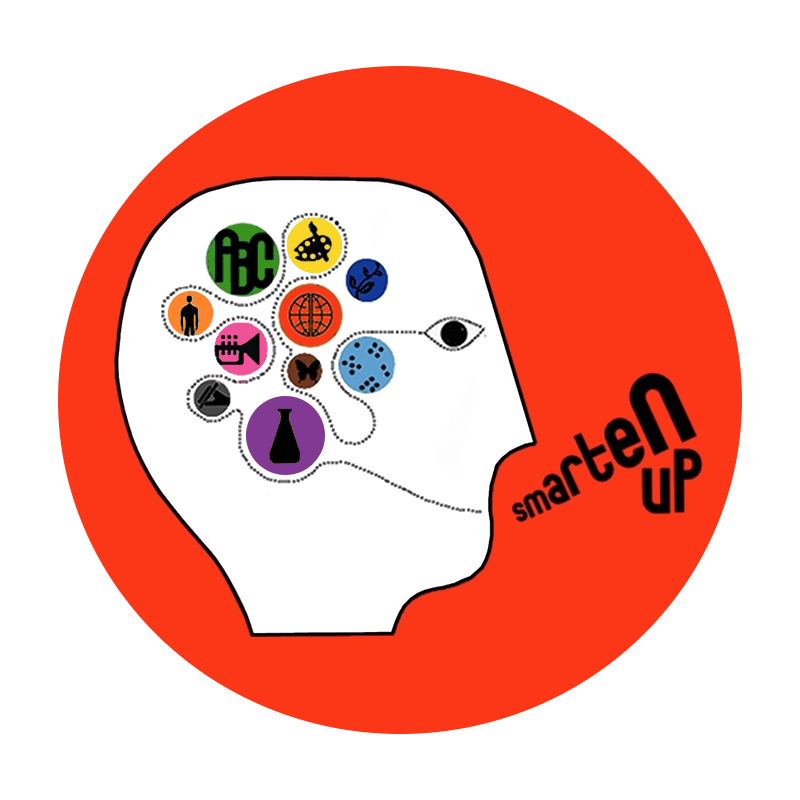Executive function skills are central to success in the classroom and beyond. You can think of them as the CEO of your brain. They allow you to do things like organize, focus, and regulate emotions. We begin developing these skills from birth, but they only fully mature in our early 20s. And for many students, especially those with ADHD, executive function skills don’t come naturally. That’s why we are so excited to share our partner company Braintrust’s conversation with pediatric neuropsychologist Dr. Matt Pagirsky. Watch the video and keep reading to learn more about what executive function skills are, the way in which they impact learning, and how to support children who struggle with this skill set.
Key Takeaways
We use executive function skills to …
Sustain attention and filter distractions
Identify goals, create plans to achieve them, and monitor our progress
Organize information
Generate strategies for solving problems
Initiate and complete tasks with efficiency
Remember and recall information
Shift attention and transition from one activity or subject to another
Regulate behavior and emotions
Executive function skills play an important role in learning. Some examples include …
Reading
Decode words fluently by remembering sounds long enough to blend them
Organize and remember details in order to comprehend sentences and paragraphs
Keep track of a storyline
Writing
Organize our ideas in order to get them down on paper
Make a general plan for a piece of writing
Remember and apply spelling patterns and grammar rules
Edit and revise writing
Math
Solve multi-step problems
See different ways of solving a problem
Keep track of important information in a problem
Organize work on paper
Executive function skills develop over time
They begin to develop in infancy
They typically mature around the age of 18-20 years old
They often take longer to develop in individuals with ADHD
There are age-appropriate benchmarks for the development of executive function skills.
These include one’s ability to delay gratification, control impulses, pay attention to high and low-interest tasks, follow multi-step directions, and plan ahead.
Executive function challenges often become apparent during the transition into middle school and high school. This is because the complexity of assignments and expectations increases; and at the same time, students need to work with greater independence.
Students struggling with executive function skills need intervention. This should include:
Explicit strategy instruction with frequent modeling
Consistent and repeated opportunities for practice
Direct instruction in organizational tools and strategies
Development of emotional regulation tools and strategies
If your child is struggling with executive function skills, we can help! Many of our tutors have extensive experience helping students develop the executive function skills they need for success in school and beyond. Reach out to us if you’d like to be connected. And if you are concerned about your child’s development, be sure to reach out to a pediatric neuropsychologist like Dr. Matt Pagirsky for a consultation or evaluation.

















